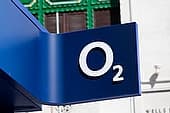Home > Mobile > News > UK cities suffer wide gap in 4G speeds and availability
UK cities suffer wide gap in 4G speeds and availability
OPENSIGNAL have published a study on 4G availability and speeds in the 20 largest UK cities, finding that there are wide gulfs in service quality even between major urban centres.
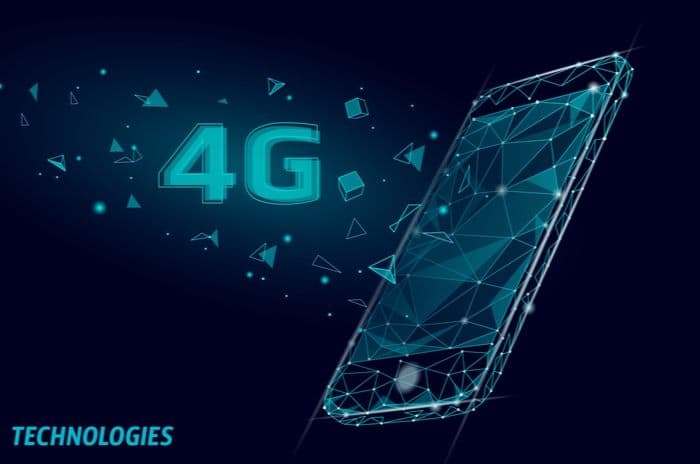
At the top of the pecking order for average 4G speeds was Stoke-on-Trent with 26.6Mb, while the area with the best availability was Middlesbrough/Teeside, where a 4G LTE signal was accessible in 82.7% of cases.
By contrast, the city with the lowest average speed was Brighton & Hove at 17.6Mb, while a coverage rate of 67.5% meant that Bournemouth/Poole was the one member of the 20 where 4G was least available.
And what's significant about these results is that, in highlighting the significant gap even between highly populated and developed conurbations, they show how much work is left to be done before the entire UK - including less populated towns and rural areas - can expect reliable 4G coverage.
Patchy coverage
Which network gives the best coverage?
Is unlimited mobile data possible?
Comparing the best mobile deals
And this is a problem because, according to Ofcom's own rules, "virtually all" UK premises have to have access to a 4G signal by the end of the year.
Well, unless a miracle occurs, the fact that even London has only 73.6% 4G coverage at the moment would strongly indicate that this target won't be met, at least not by the close of 2017.
In fact, not a single one of the 20 largest UK cities has anything like 99% coverage, as outlined by the table below:
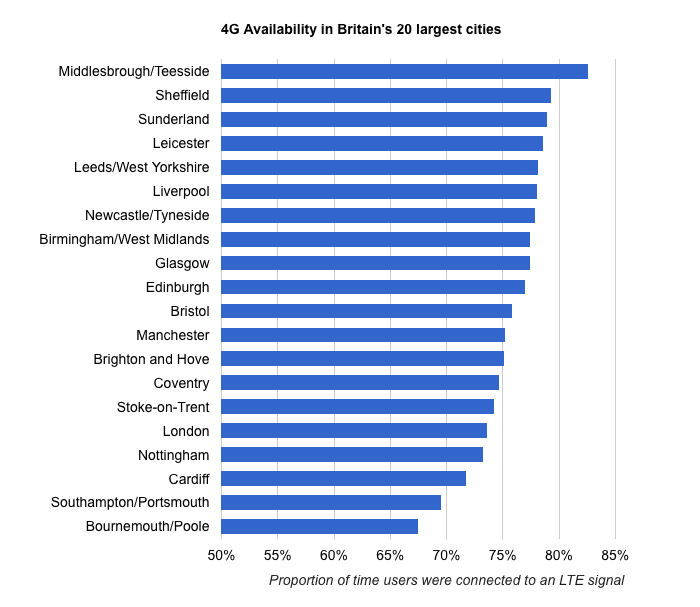
Source: OpenSignal
As can be expected, all 20 of these cities did top the national average for 4G availability, which currently stands at 65.1%, according to OpenSignal. However, even if they did surpass this proportion, it still suggests the UK has a long way to go before coverage come anywhere close to being complete.
We did ask Ofcom for a statement on whether such findings call their end-of-2017 rule into question, and on what the consequences of failing to meet this target might be.
However, they weren't in a position to speculate on whether or not providers in general were likely to meet it.
That said, the 4G 800MHz spectrum licence they awarded Telefonica (O2) in 2013 did come with an obligation to provide 98% indoor coverage by the end of 2017 (the other licences didn't). And according to the recently passed Digital Economy Act, this means that O2 could be liable for a penalty "not exceeding 10 per cent" of their gross revenue if they fail to reach 98% by the start of 2018.
And to be fair, even if it can be highlighted that Ofcom's "virtually all UK premises must receive a 4G signal by the end of this year" rule applies only to O2 (rather than all operators in general), their spokesperson did underline one important piece of information.
Namely, we were also told that "Seven in ten premises (72%) can now receive a 4G mobile signal indoors from all four networks, up from just 28% in 2015."
This increase represents considerably snappy progress for barely two years, suggesting that, while the UK will almost definitely not reach 98% by December 31st, it will come close not long after.
Variable speeds, variable services
Still, the other significant revelation of the OpenSignal report was that, even if Britain is supplied with blanket 4G coverage, this coverage may not be consistent across all cities and areas.
As the following table illustrates, there's marked variation in the speeds received, with Brighton's rate being some 33% slower than Stoke-on-Trent's.
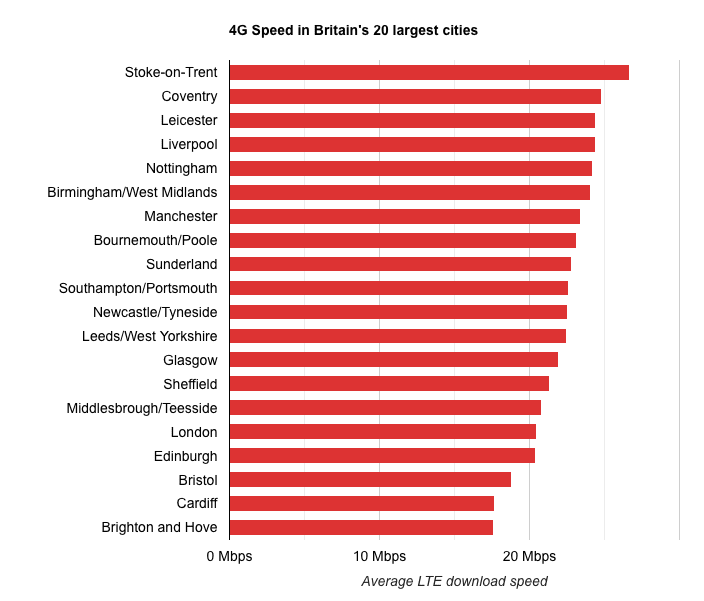
Source: OpenSignal
It's not entirely certain as to what exactly causes such variation, yet the two biggest factors are most likely population density and the availability of telephone masts.
This would explain why London didn't fare particularly well. Even though its affluence and national importance would suggest otherwise, the presence of lots of people using the same networks - as well the difficulty of building masts in dense urban areas - means that actual speeds are noticeably slower than those advertised.
There's very little way to get around this (other than decorating the British landscape with masts), so it's likely that even when the UK gets close to total 4G coverage, this won't be total coverage of exactly the same service.
Aims and improvement
However, while fluctuations in service quality are more or less inevitable to some degree, this doesn't mean that the UK should rest with the present uneven spread of 4G coverage.
Luckily for the UK, the operators aren't keen to rest on their laurels either, even if the targets they've set are potentially stifled somewhat by public demand, which has been notoriously slow over the years in keeping up with technological progress.
EE, for example, announced last April the target of covering 99.8% of the population by 2020, while Vodafone and Three had in fact already set 98% indoor coverage targets for the end of this year.
These are laudable aims, although the data included in OpenSignal's report would appear to undermine the credibility of those of Vodafone and Three (as well as O2's obligation), given that it records a national average 4G availability of 65.1%.
Nonetheless, like Ofcom, OpenSignal do also note a considerable improvement in availability over the UK as a whole, with the national average having already risen from the 58% they recorded last November. Which goes to show that, even if it's not perfect, the UK's 4G network is improving fast.
Get insider tips and the latest offers in our newsletter

We are independent of all of the products and services we compare.

We order our comparison tables by price or feature and never by referral revenue.

We donate at least 5% of our profits to charity, and we aim to be climate positive.
Latest News

6 January 2026
Sky Mobile confirms price rise - and 30-day exit window
19 December 2025
Ofcom investigates BT and Three after mobile call outages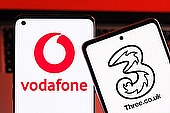
19 December 2025
VodafoneThree brings 400 customer service jobs back to the UKGet insider tips and the latest offers in our newsletter
